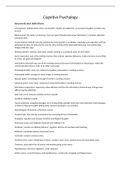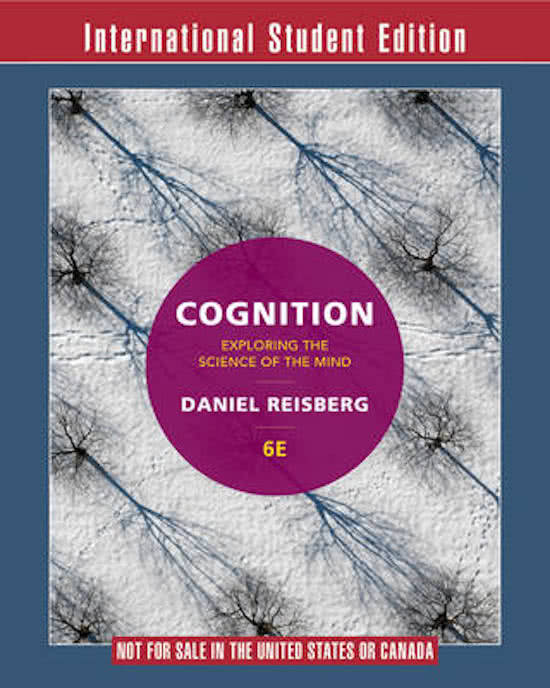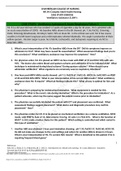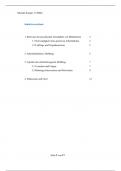Samenvatting
Summary Keywords, categories and experiments Cognition Exploring the Science of the Mind 6E, Daniel Reisberg
This document contains keywords, categories and experiments that are named in the book Cognition, Exploring the Science of the Mind 6E, written by Daniel Reisberg
[Meer zien]










